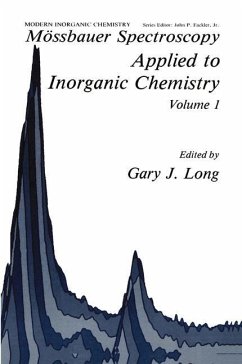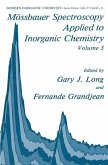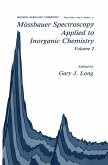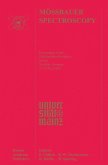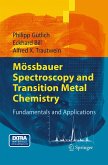When presented with a new compound or material, the inorganic chemist will usually have several questions in mind about its composition and structure. Although a simple elemental analysis may answer many questions about its composition, the chemist will still have questions about its structure, and, ifthe material contains a metal atom, he will often want to know its oxidation state, coordination number and geometry. Further, at an increasingly frequent rate, the chemist may need details of the spin state, magnetic and perhaps dynamic properties of the material. If the investigator is fortunate, the material or compound may contain an ele ment such as iron, tin, antimony, iodine, gold, or one of several of the rare earth metals which are amenable to study by the Mossbauer effect. Often the Mossbauer effect can, sometimes with quite simple experiments, provide the answers to all of these questions. The goal of this book is to illustrate the effectiveness of the Mossbauer effect inproviding the answers to the many questions that arise in char acterizing new materials and, indeed, in studying known materials in more detail. Several chapters introduce the effect to the novice and provide details about the various hyperfine interactions that are the "bread and butter" of the Mossbauer spectroscopist. Three chapters deal specifically with the experimental aspects of the technique and the increasing impor tance of sophisticated computer analysis of the resulting data.
Hinweis: Dieser Artikel kann nur an eine deutsche Lieferadresse ausgeliefert werden.
Hinweis: Dieser Artikel kann nur an eine deutsche Lieferadresse ausgeliefert werden.

